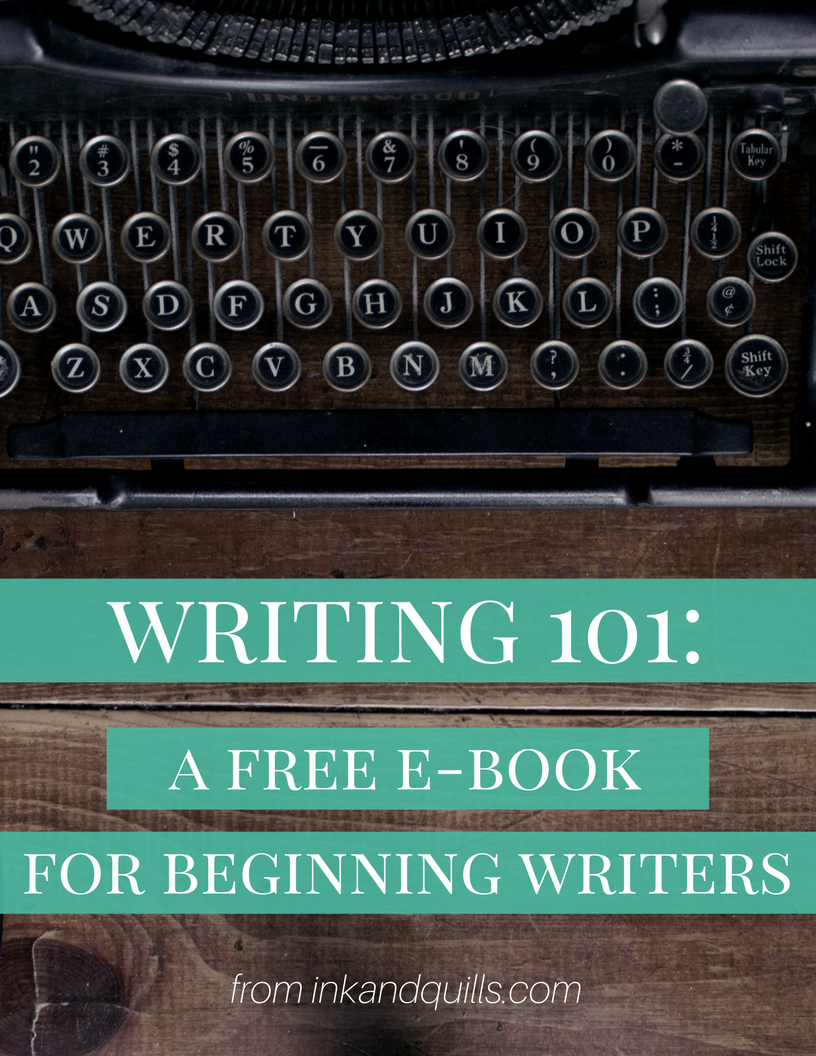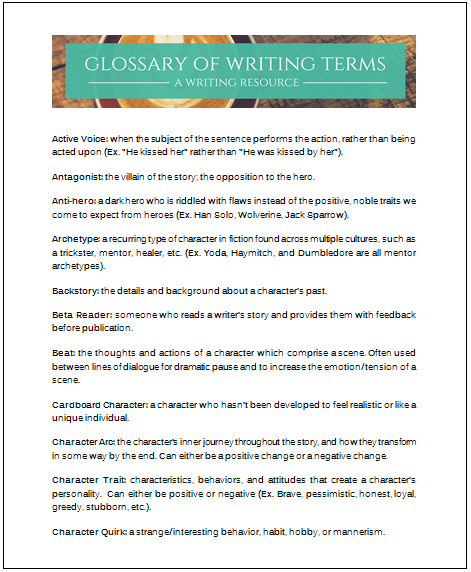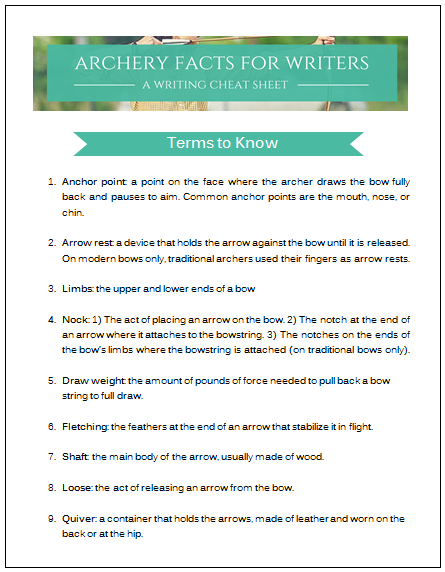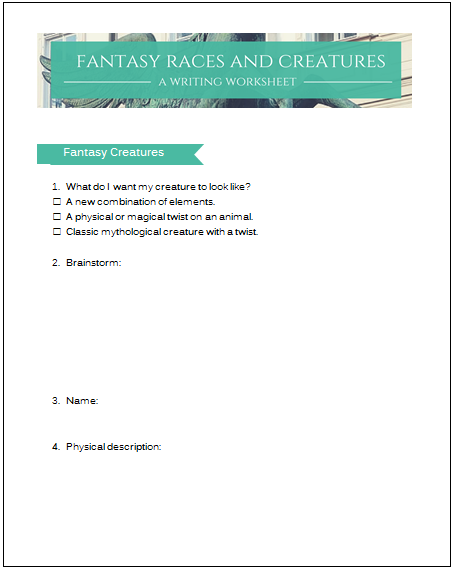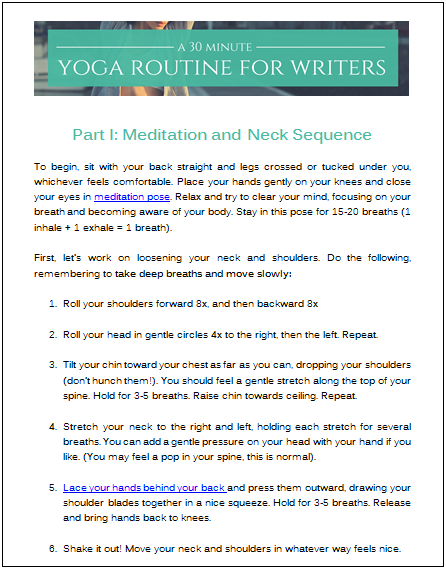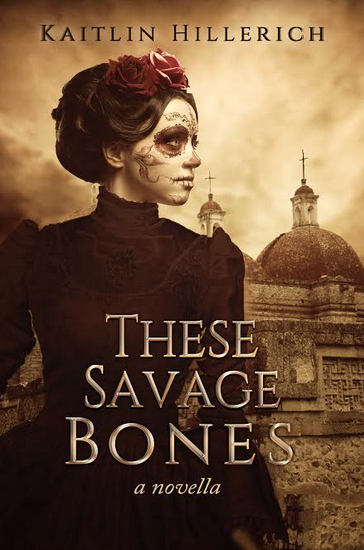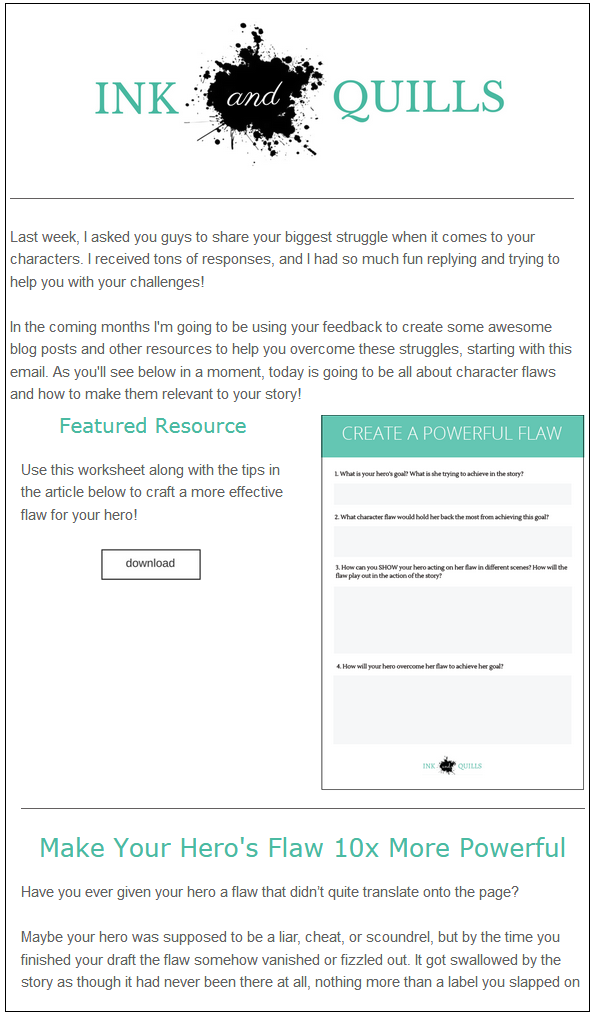 Point of view is important to your story, and it must be established immediately. Why? Because the reader needs to know whose “head” they’re in, whose story this is. Your hero is the reader’s access point to the story. They will experience the story along with the hero–through his or her point of view.
Point of view is important to your story, and it must be established immediately. Why? Because the reader needs to know whose “head” they’re in, whose story this is. Your hero is the reader’s access point to the story. They will experience the story along with the hero–through his or her point of view.
There are a couple mistakes I’ve seen made frequently with point of view, especially by new writers. I think these come from the writer trying to do too much and trying to show the reader everything.
But that’s the thing about POV–you can’t show the reader everything. To understand what I mean, let’s examine these two POV mistakes.
Mistake #1: Head Hopping
When you’re writing a scene, make sure you only stay in one character’s head at a time. Switching back and forth between characters is known as “head hopping” and it’s jarring to the reader.
So what does this look like? Here’s an example:
Melissa wondered why Tom had asked her to meet him in the middle of the night. She leaned against the tree at the edge of the park, watching him approach.
“Hey,” she said, “Is everything all right?”
Tom took her hands in his. How could he tell her what was happening? He didn’t want to frighten her. “I’m fine. Listen, I need you to leave town for a few days.”
“What do you mean? Why?” What was going on, Melissa wondered.
“I just need you to trust me,” he said, hoping she wouldn’t argue. “Take this.” He pressed the train ticket he had purchased that morning into her hand.
Melissa shook her head. She wasn’t going anywhere until she had answers. Tom saw the look on her face and knew she wasn’t giving up easily.
***
It’s like watching a ping pong match, isn’t it? We keep switching back and forth between Melissa and Tom’s head, and not only is it disorienting, but it’s boring.
But why is it boring?
Because we’re being told everything. There’s no work left for the reader. There are no blanks for us to fill in, nothing for us to guess at or wonder. The writer has unintentionally deprived the reader of one of the joys of reading.
When we’re in one character’s head at a time, we’re constantly trying to interpret and figure out what the other character is thinking and feeling by judging their body language, dialogue, and whatever other clues the writer might provide. There’s something tantalizing about trying to figure out the puzzle of a character.
I think writers fall into this habit of head hopping because they want to let the reader know what each character in a scene is thinking/feeling. But it’s just not good having too many characters sharing the stage at once–after a while we may wonder whose story this even is.
Now, of course this doesn’t mean you can’t use more than one POV in your story. Stories with multiple POVs are fantastic! The rule is to stay in one character’s POV per scene. If you want to change POV, then you need to switch to a new scene.
Mistake #2: Showing the Same Thing Twice
When you’re writing a story where you’re switching back and forth between multiple POVs, there’s one mistake you’re going to want to avoid: Never show the reader the same thing twice. What do I mean by this?
Let’s say you have a scene in which Sarah wins her swim meet competition. Then we switch to the next scene, which is from her boyfriend Matt’s POV…and it shows him watching her compete. We already know the outcome of the competition–we experienced it from Sarah’s POV–so we’re not going to care what happens here.
Never show the same scene from two different POVs. It’s going to kill your story’s tension and momentum. Yes, each character will see and experience it differently and this may be interesting to you, but it’s going to bore your reader. You’re just going to sound repetitive, and the reader is going to start skimming (harsh, I know). But we read because we want to know what happens next, not what has already happened.
As a writer, you have to choose from whose POV it’s best to show each scene. This isn’t easy, and I know it’s tempting to show both, but don’t. You can’t show the reader everything and you shouldn’t–you need to place trust in her that she can fill in the blanks.
Have you made either of these POV mistakes in your writing?


















